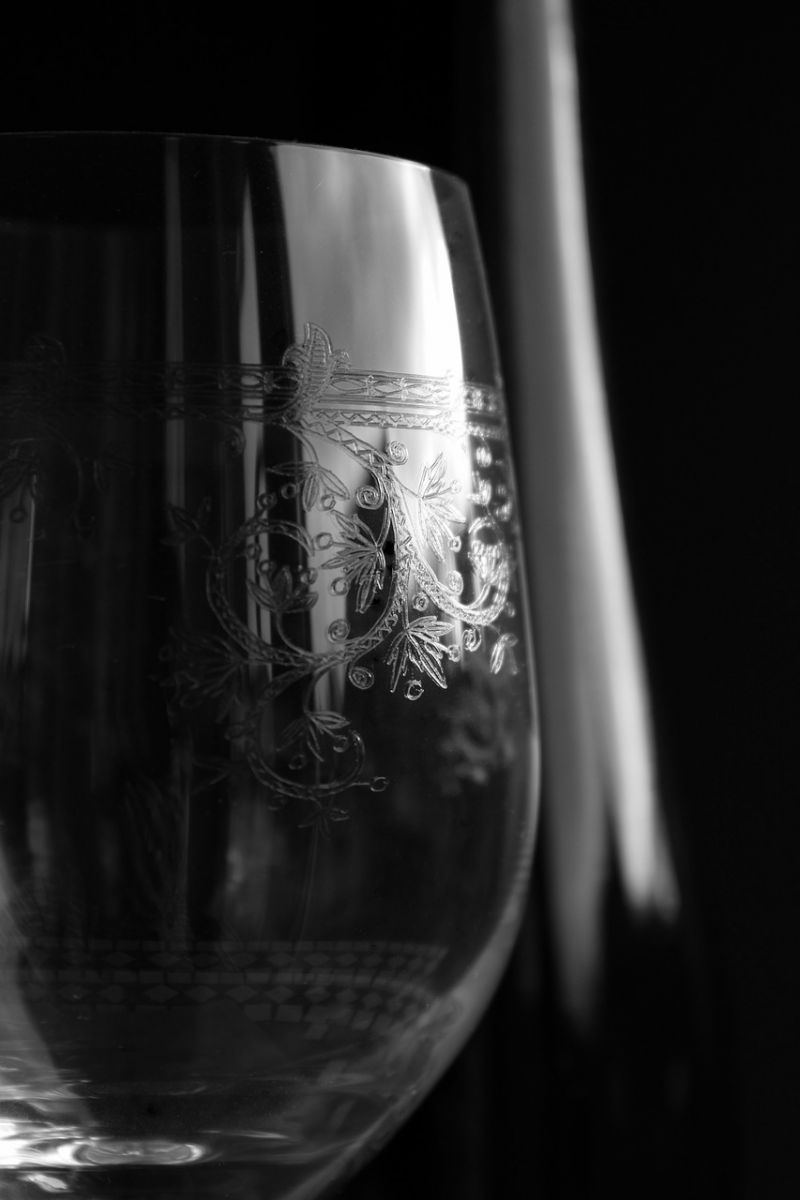Alt Investments
The Case For Fine Wine - Investment Report

A new report holds that fine wine is yielding equity-like returns, and more than earning its place at the alternative investments table.
Fine wine offers better risk-adjusted returns and less volatility than many of its alternatives cousins, including fine art and hedge funds, new research suggests.
The Alternative Investment Report 2019, published this week by investment specialist Cult Wines, benchmarked the financial performance of fine wine against a range of alternative investments, including hedge funds, real estate, commodities and fine art.
The research found that while most alternatives performed negatively in 2018, fine wine delivered a return of 9.2 per cent against the -13.8 per cent and -4.8 per cent returned by commodities and hedge funds for the year. Between 2015 and 2018, a portfolio holding fine wine as an alternative asset would have delivered a higher risk-adjusted return of 8.63 per cent compared with one that did not, the research found. When a diversified portfolio held fine wine and hedge funds, it performed even better, it said.
Volatility and Returns, 2018

While equity and fixed income still make up the bulk of portfolios, this has shifted down, the report suggested, with high net worth and institutional investors finding more room in their portfolios for "high-quality" alternative investments less correlated to core financial markets.
“Our research makes a strong case for the addition of fine wine to more traditional portfolios. Its low correlation to other asset classes (including other alternatives) and the excess returns generated indicate that exposure to fine wine provides resilience in tough market conditions combined with the opportunity for capital appreciation,” Olivier Staub, investment director at Cult Wines, said.
The London-based wine specialist also found that during the equities downturn in 2008, fine wine still outperformed both the S&P 500 and commodities, showing its ability to provide diversification, reduce risk and increase returns.
To a larger degree, fine wines are seen as a “passion investment” on a par with fine art, classic cars, jewellery and watches, desired for their prestige value and hedging qualities against inflation and economic uncertainty, and debate remains as to how much they genuinely diversify investment risks.
The authors of this report make the case that specialised knowledge of these niche sectors is becoming compulsory as investors widen their search looking for consistent returns. "Alternatives allocation has become more common in the wealth management industry, but it may bring mixed results depending on the objectives," said Staub.
How wine peformed against art

According to the Liv-ex annual review, fine wines had “a record year” in 2018. The Fine Wine 1000 index, a leading benchmark for the market, rose by 10 per cent in 2018, with Burgundy being the star performer.
Simon Black, head of investment management at London-based investment firm Dolfin, said the asset class is part of its diversification strategy for clients. "Fine wine has a low correlation to equity markets, has historically shown strong capital appreciation, and secondary market liquidity has improved significantly in the last decade,” he said.